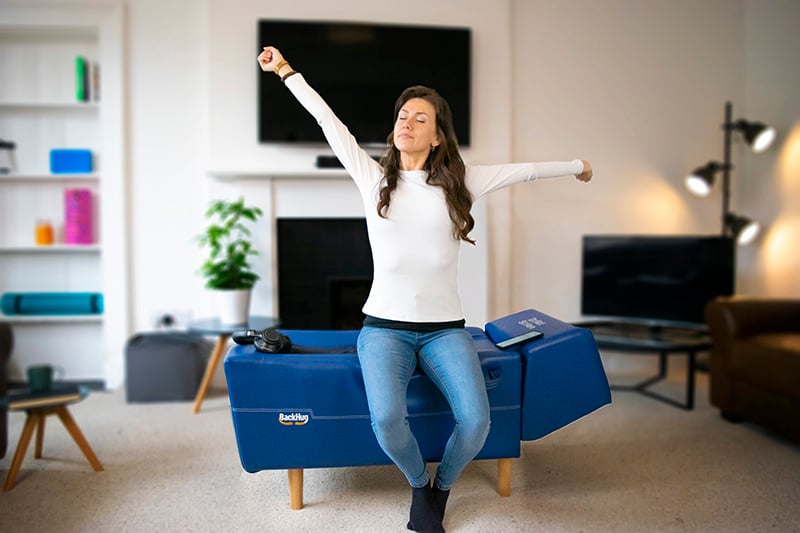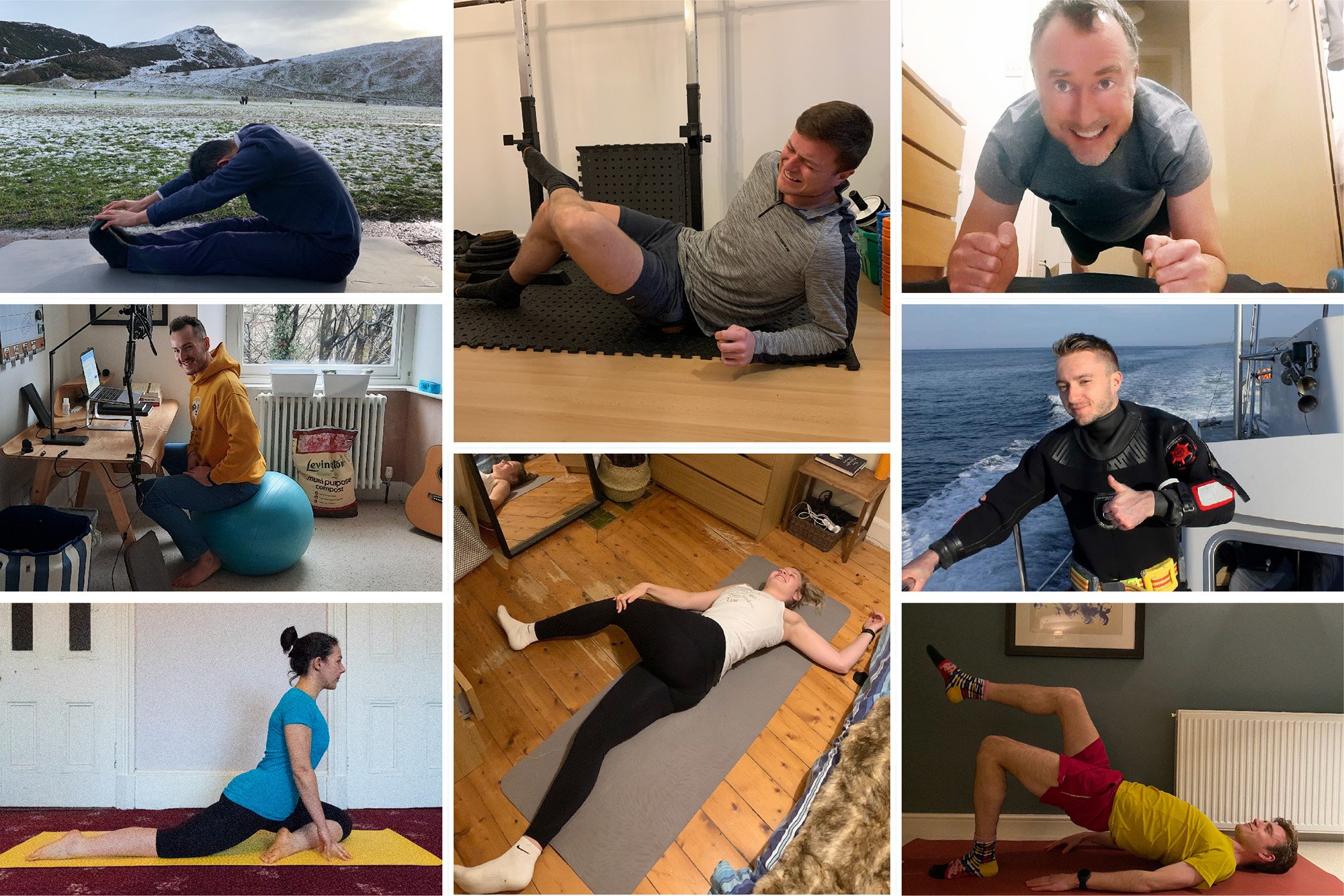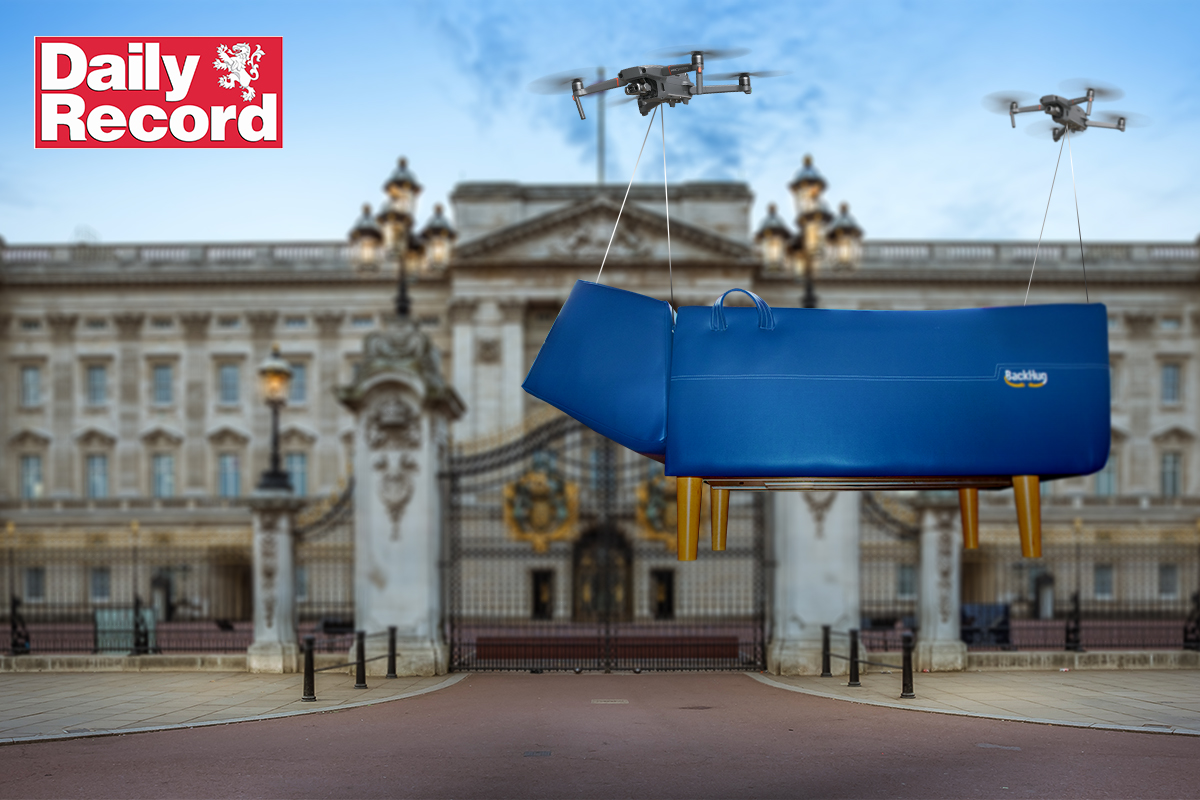How BackHugs can bring ‘freedom’ to our backs
We spill the beans on how BackHug’s innovative technology presses to release stress. Shhh, don’t tell anyone!
We don’t know if you’ve heard, but we’re launching the first batch of our next-generation BackHug devices before Christmas 2020! But how exactly does it work we hear you ask…how does it give freedom to your back and new energy to your day? What is the secret?
We spoke to Dr Truong Do Quoc, BackHug’s Head of Software Development. In this interview, he lifts the lid on how this smart device works to replicate a human therapist’s fingers and carries out back therapy programmes:
“When you lie down and enjoy your BackHug treatment, you feel the movement of the robotic fingers underneath the device. There are 28 fingers working simultaneously together to deliver a unique experience.”
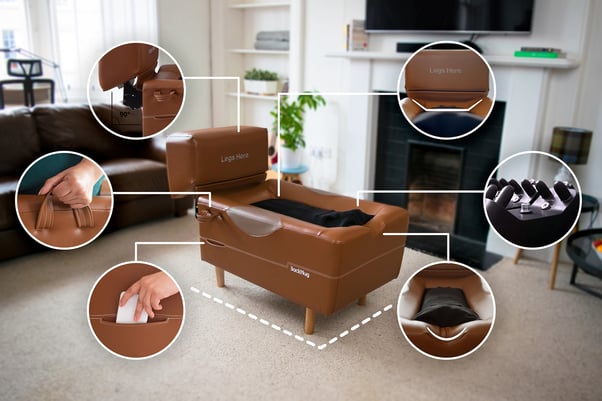
(Image Shows V2 Device)
For the tech geeks in all of us, how are the fingers controlled and programmed so they can help say goodbye to the aches and pains in our backs?
“The whole machine is controlled by 14 motors. 12 of those motors are used for the 28 robotic fingers. The motors drive the fingers up and down smoothly and separately to deliver a therapy program. Depending on the program you have chosen, you will feel a different intensity and different rhythm across specific areas of the back.”
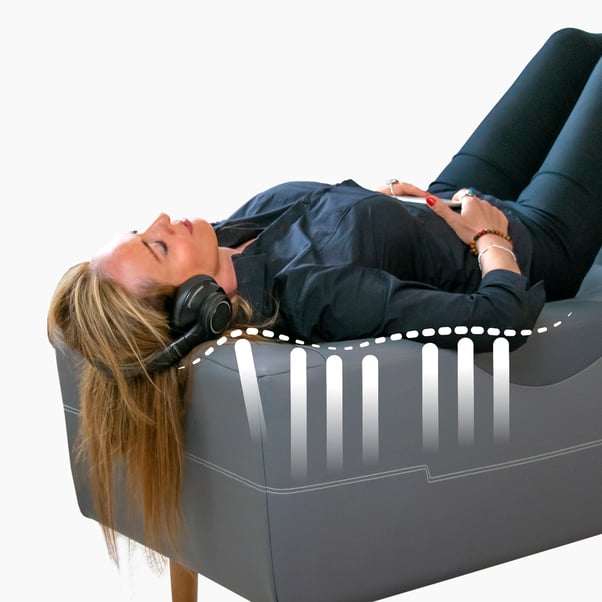
A manual therapist might want to apply more force to a person’s back during a session. He/she might push her fingers stronger, creating more force. How can you achieve the same result with a BackHug device?
“We create a software programme which we embed in the PCB that controls the device. That programme tells the motor to raise the finger up and down to simulate the same effect. The tricky part here is that as humans, we know the finger position and how much force needs to be applied. The machine does not know that. Therefore, we apply the knowledge we all learn in high school:
the travel distance = speed * travel time
The speed is constant and we tell the motor to run for a certain amount of time to reach a destination.”

“Yes, can you imagine the amount of workload?! They have to be programmed to move in harmony to deliver different therapy programs. It is a really challenging task, just like a conductor instructing the musicians. The program tells a finger to move up, while another goes down. Not only that, it also controls how long the finger stays in a position so that it simulates the physical therapist holding his fingers to maintain the force. We worked very closely with Chongsu Lee, BackHug’s physio founder to ensure the device provides users with similar experience.”
Thanks to Truong, we now have a much better idea how Backhug works underneath its comfy exterior. Maybe next time we lie down on the device, we’ll be thinking about a conductor controlling 12 musicians to bring to you the best back care experience!
Want to try this at home?
Our November launch is now oversubscribed. However you can still get on the list for our January release!
